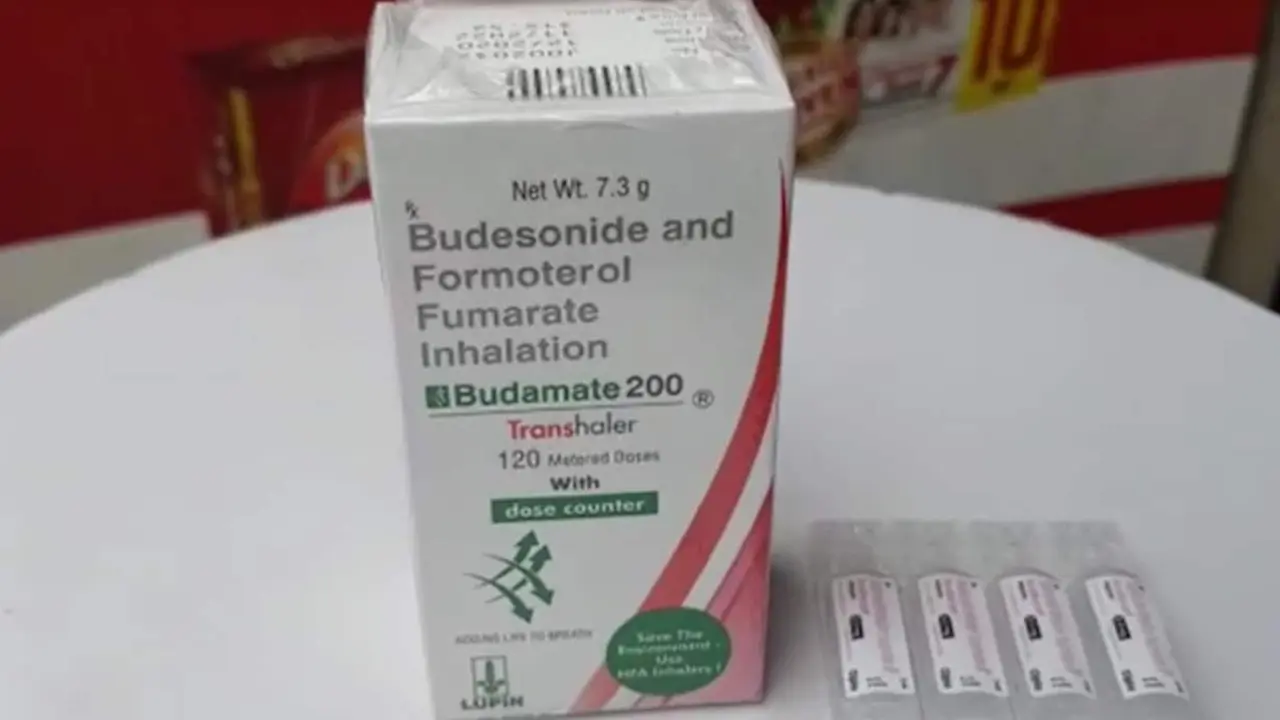Symbicort: How it works, when to switch, and what to try next
Symbicort combines a steroid and a fast-acting bronchodilator to control asthma and COPD symptoms. Many people like it because it treats inflammation and opens airways quickly. But it’s not the only choice. If you’re curious about options, worried about side effects, or chasing better control or price, this page points you to safe alternatives and practical steps you can use right away.
Who should consider alternatives?
Think about switching if your symptoms stay worse despite correct use, you get frequent flare-ups, or side effects like mouth thrush or hoarseness are a problem. Cost and insurance rules can also push people to explore other inhalers. Don’t stop or swap medicines on your own—talk with your doctor. They’ll consider your diagnosis, test results, and lifestyle before making a change.
Common alternatives include other ICS/LABA combos such as Breo Ellipta (fluticasone/vilanterol), Advair (fluticasone/salmeterol), and Dulera (mometasone/formoterol). For some COPD patients, triple therapies like Trelegy Ellipta can work better. And remember: Symbicort is also used differently in some plans—your provider may change dose or timing instead of switching brands.
Simple tips that help right away
First, check your inhaler technique. Even small mistakes cut how much medicine reaches your lungs. Use a spacer with a metered-dose inhaler if you have trouble coordinating breaths. Rinse and spit after using steroid-containing inhalers to cut the risk of thrush. Keep a written action plan: know when to up your medicine, when to call your clinic, and when to get urgent care.
If cost is the issue, compare prices and verified online pharmacies. We review options and safety tips on our site so you can find legit savings without risking fake products. For athletes or people who compete, some rescue inhaler rules and allowed doses matter—see our WADA-focused guide if that applies to you.
When you talk with your clinician, bring details: your peak flow numbers, how often you use rescue inhalers, and any side effects. Ask whether a single-inhaler maintenance-and-reliever strategy is right for you—some patients do well using one inhaler for both daily control and flare-ups.
Want focused reading? Check our in-depth piece "2025 Alternatives to Symbicort" for comparisons and pros/cons, and the "WADA-Approved Alternatives to Ventolin" article if you need athlete-friendly advice. If you need help finding pharmacies, our online pharmacy reviews list safe, verified options and buying tips.
Switching inhalers can improve control, reduce side effects, or save money — but it needs a plan. Use this page as a starting point, make notes for your doctor, and pick the option that fits your lungs and your life.
Symbicort Prescription Online: A Comprehensive Guide to Managing Asthma and COPD
This detailed article explores the nuances of getting a Symbicort prescription online, its medical and side effects, and drug interactions with Budesonide and Formoterol substances. Readers will find in-depth analysis of the most common dosages and recommendations for using this medication to manage asthma and Chronic Obstructive Pulmonary Disease (COPD). Learn how to navigate the complexities of online prescriptions and ensure proper use to maximize benefits and minimize risks.






